10 Yoga Poses Balance on Hands: Unlock Secrets
Welcome to the enchanting world of yoga, where balance meets strength and mental tranquility. Hand-balancing poses are not merely visually spectacular; they are instrumental in building core strength, enhancing focus, and fostering better coordination. This guide is designed to introduce beginners and enthusiasts alike to ten fundamental yoga poses for hand balancing. With each pose broken down into manageable steps, this journey ensures that everyone, regardless of experience, can partake in and enjoy the robust benefits of hand balancing.
Warmup Before Performing Yoga
Before starting hand-balancing yoga poses, it’s essential to warm up properly to prevent injuries. Begin with light cardiovascular exercises like jogging in place to get your heart rate up. Then, focus on dynamic stretches, especially for your wrists, shoulders, and core. Wrist rotations and gentle stretches will increase joint mobility and prepare your body for the balance and strength required in yoga poses.
1. Crow Pose (Bakasana)
Crow Pose serves as the gateway to hand balancing, fortifying the arms, wrists, and core. Start in a low squat, hands flat and shoulder-width apart on the mat. Position your knees against the backs of your upper arms. Carefully shift your weight forward, lifting your feet off the ground one at a time. Keep your core engaged and your gaze fixed slightly ahead to maintain balance. Regular practice will not only improve your balance but also enhance your mental focus.
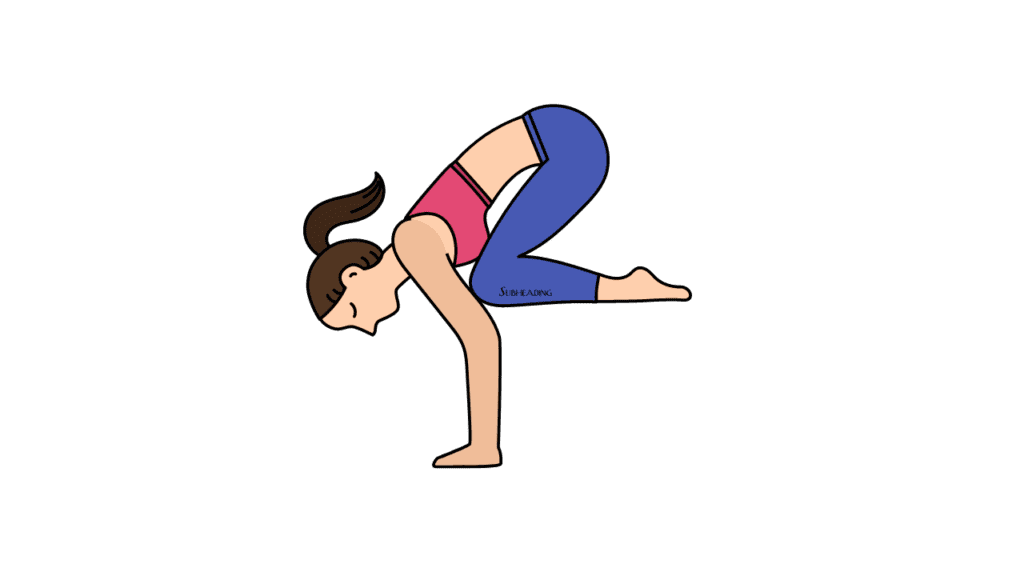
2. Side Crow (Parsva Bakasana)
An evolution of the Crow Pose, Side Crow incorporates a rotational element that challenges and benefits your balance and digestive health. From a squat, twist your torso to one side and set both hands on the floor beside you. Rest your knees on the arm that’s on the floor and lean forward to raise your feet off the mat. This pose requires and builds arm strength, agility, and core stability, adding a fantastic twist that aids digestion.
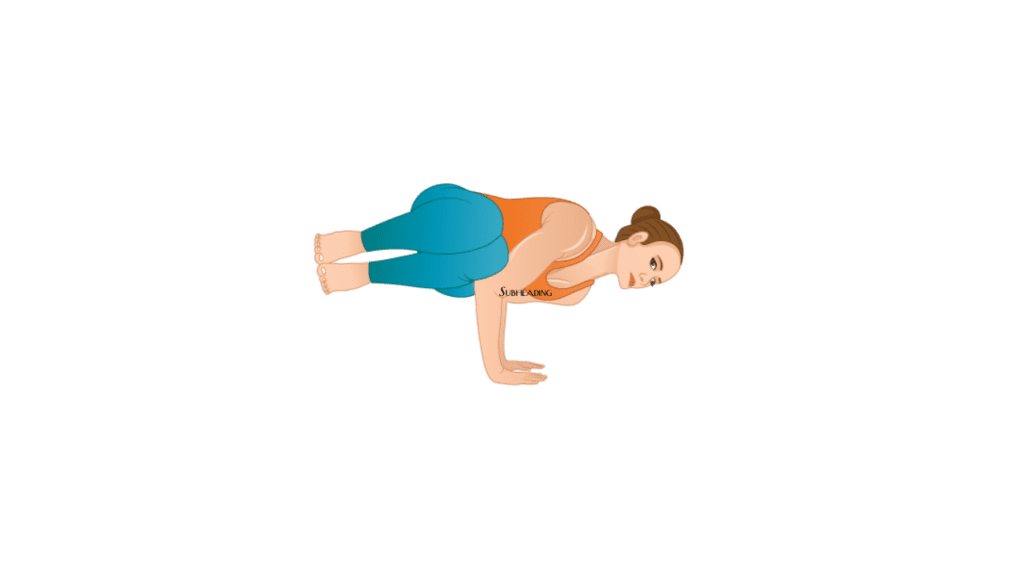
3. Handstand (Adho Mukha Vrksasana)
The handstand is an iconic pose known for its full-body engagement. Begin by placing your hands on the ground, spaced at shoulder width. Using controlled motion, kick up one leg after another, or if you’re feeling adventurous, hop both feet into the air, extending your legs above you. Keep your body straight, from your hands to your pointed toes. Engaging your core throughout the pose will help maintain stability. Beginners may use a wall for support as they build confidence and strength.
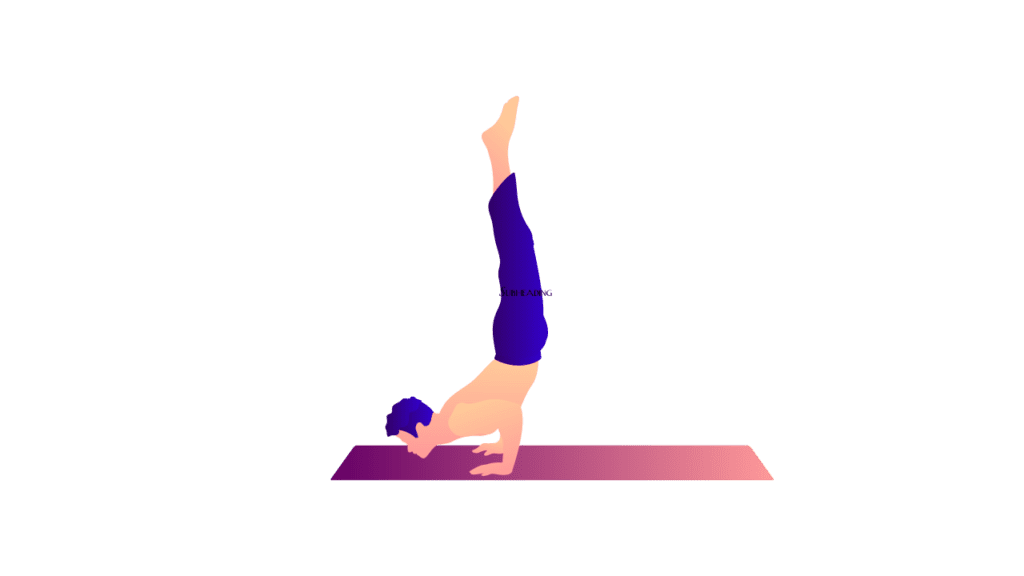
4. Forearm Stand (Pincha Mayurasana)
This pose is a variation of the handstand where you balance on your forearms, making it excellent for those looking to enhance upper body and core strength. Lay your forearms on the mat, fingers interlocked, and elbows at shoulder width. Kick your legs up to a vertical position as you would in a handstand, ensuring your back remains straight and your core engaged. This pose not only builds strength but also improves your balance and focus.
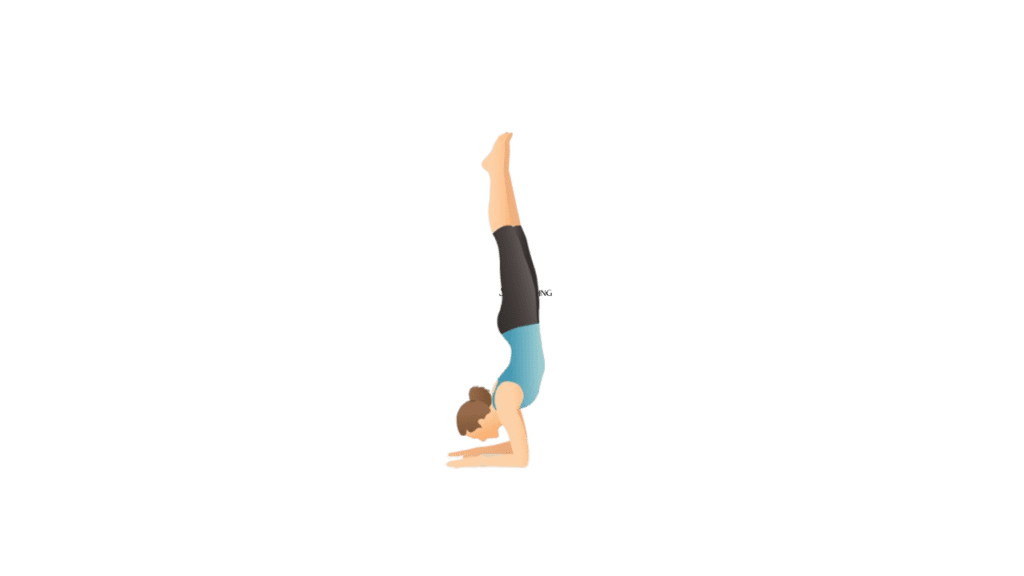
5. Eight Angle Pose (Astavakrasana)
Eight Angle Pose is an advanced posture that combines flexibility, strength, and balance. Begin seated with one leg extended. Hook your other foot around the arm on the same side and snug your knee behind your shoulder. Plant your palms next to your hips, lift your buttocks off the ground, and extend your free leg to the side, achieving a balance on your hands. This pose is challenging but incredibly rewarding, improving not just your balance but also your flexibility and concentration.

6. Peacock Pose (Mayurasana)
Known for its strength-building and detoxifying benefits, Peacock Pose focuses on abdominal strength and balance on the hands. Place your hands on the mat with your fingers pointing back towards your feet. Lean forward to place your abdomen on your elbows and stretch your legs out behind you. Lift them off the floor so your body forms a straight line. This intense pose boosts digestion and strengthens the arms and core muscles.
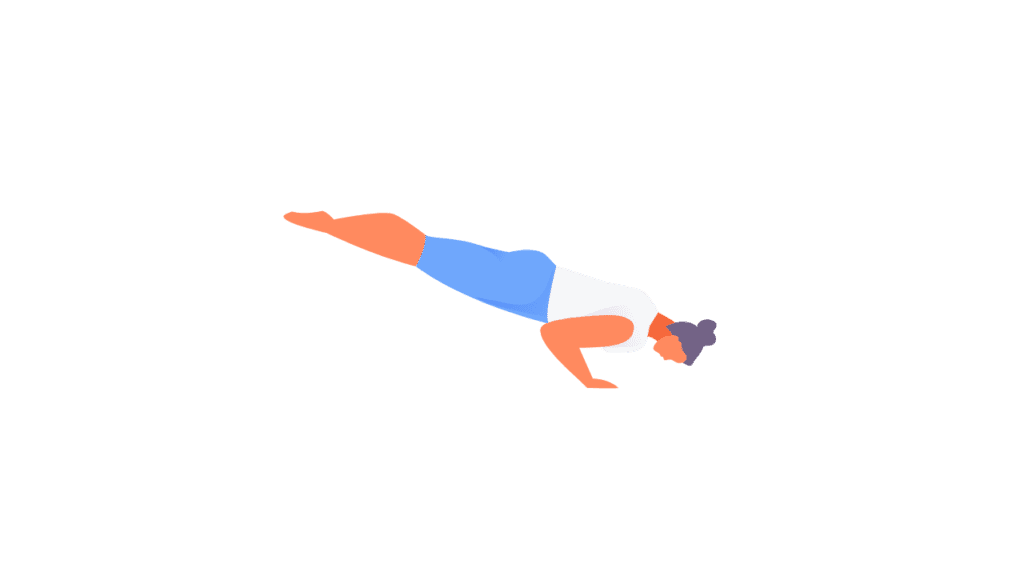
7. L-Sit
The L-Sit is a powerful pose that showcases core strength and control. Sit on the floor with your legs extended. Place hands by your hips and press into the mat, lifting your body and extending your legs forward to form an ‘L’ with your body. The L-Sit challenges your core muscles and requires significant strength and stability, making it a great exercise for enhancing muscle tone and control.
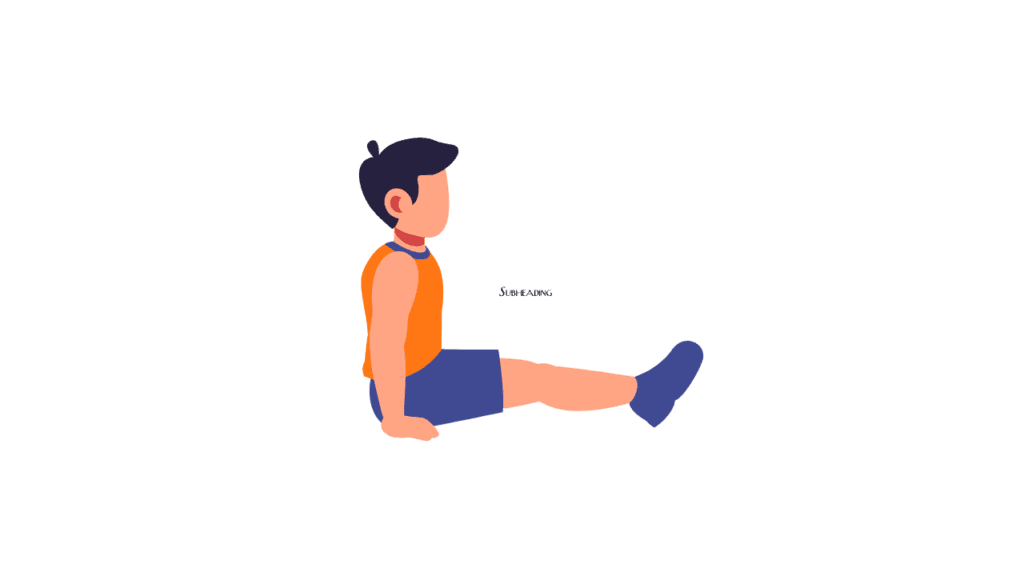
8. Crane Pose (Bakasana B)
Crane Pose is a variation of the Crow with straight arms, increasing the difficulty. Position your knees higher on your triceps than in the Crow Pose and attempt to straighten your arms. This adjustment requires more strength and balance but enhances your arm muscle tone and control, providing a challenging yet rewarding experience.
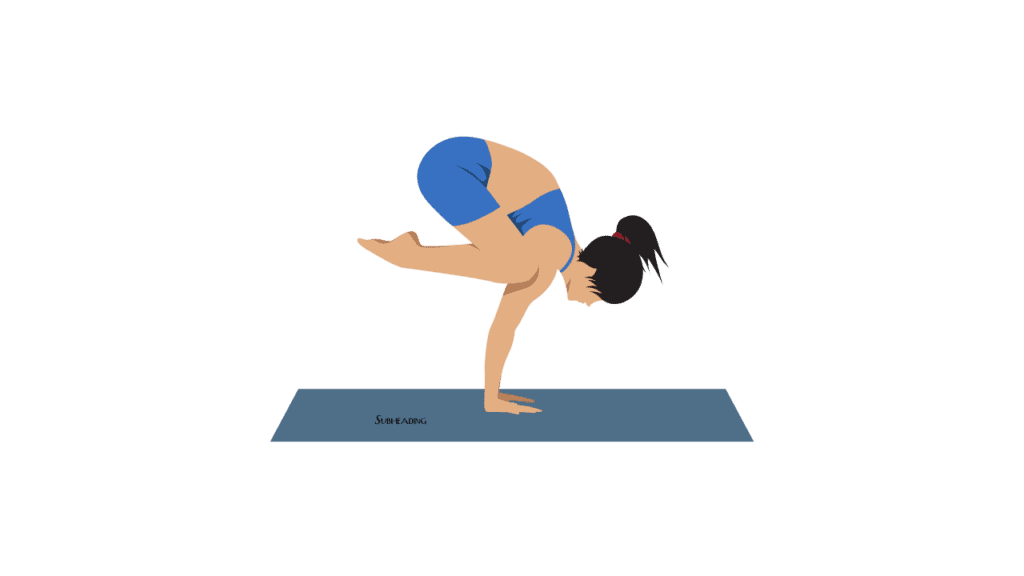
9. Firefly Pose (Tittibhasana)
Firefly Pose involves a combination of balance, strength, and flexibility. Start in a squat, threading your legs through your arms so your thighs rest on your triceps. Extend your legs to the sides and lift off the ground, balancing on your hands. This pose not only tests your balance but also stretches your inner thighs and strengthens your arms.
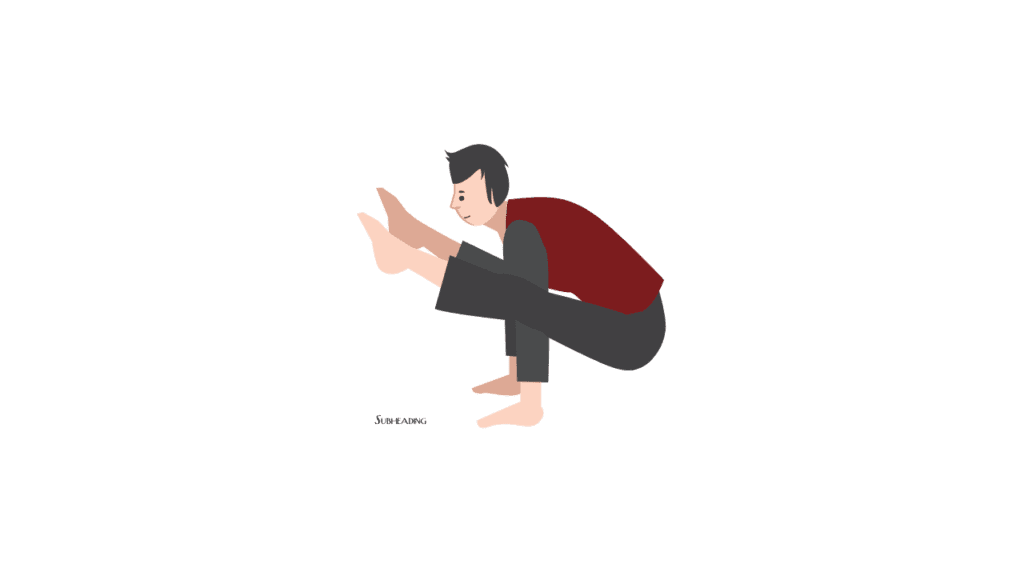
10. Flying Pigeon Pose (Eka Pada Galavasana)
From a standing position, bend one knee and place that foot on the opposite arm’s elbow, then wrap your other arm around the outside of your leg. Lean forward, plant your palms, and lift your back leg off the ground. This advanced pose improves balance, strengthens the core, and enhances flexibility, providing a dynamic challenge for experienced yogis.
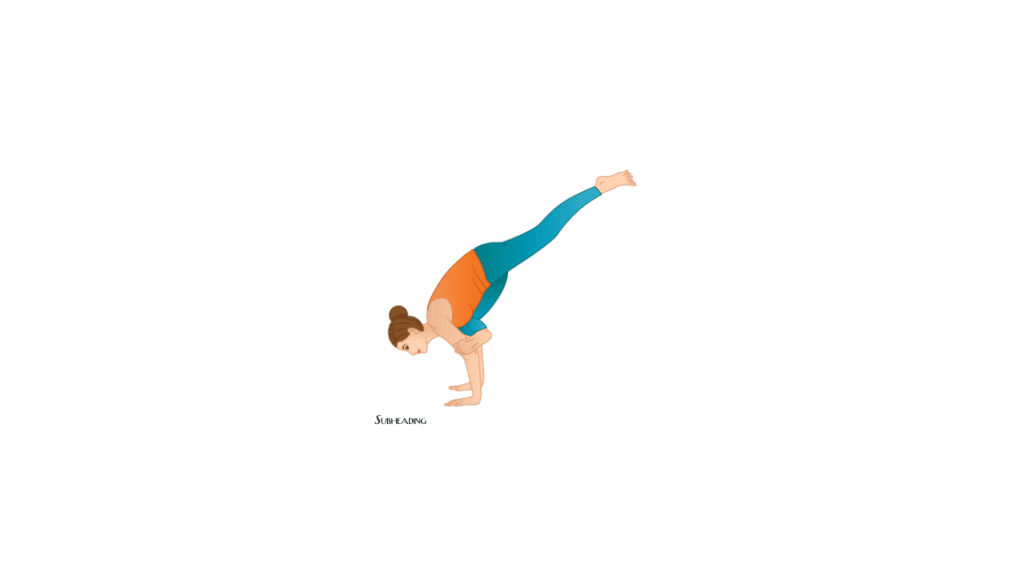
Benefits of Hand Balancing Yoga Poses
Here’s a concise list of the benefits associated with practicing hand-balancing yoga poses:
- Enhanced Core Strength: Develops and tones the abdominal muscles.
- Improved Arm and Shoulder Strength: Builds muscle endurance and strength in the upper body.
- Increased Focus and Concentration: Sharpens mental clarity needed for daily tasks.
- Better Coordination and Balance: Refines motor skills and body awareness.
- Boosted Confidence: Encourages self-esteem as proficiency increases.
- Stress Reduction: Physical engagement and focus help alleviate mental stress.
- Flexibility Improvement: Promotes flexibility, particularly in the spine and shoulders.
- Injury Prevention: Strengthens muscles and joints, reducing the risk of injuries.
- Mind-Body Connection: Enhances mindfulness and presence.
- Sense of Achievement: Provides a sense of accomplishment through mastering challenging poses.
Conclusion
- Comprehensive Strengthening: Enhances strength in core, arms, and shoulders, vital for overall fitness.
- Mental Clarity: Improves focus and concentration, useful for personal and professional life.
- Coordination Skills: Boosts balance and coordination, aiding in physical activities and daily movements.
- Confidence Boost: Builds self-confidence through mastery of challenging poses.
- Stress Relief: Acts as a stress reliever, promoting mental relaxation and emotional well-being.
- Physical and Mental Challenge: Offers a challenging workout that stimulates both body and mind.
- Health and Well-being: Contributes to long-term health and wellness through regular practice.